
Digital Learning
The SAMR model, developed by Dr. Ruben Puentedura, is a 4 leveled framework that helps educators integrate technology into teaching and learning.
It helps teachers reflect on how technology can transform learning.
A Classroom example for each level is as follows:
Substitution: Technology acts as a direct substitute for traditional tools, with no functional change.
Example: Using a word processor instead of pen and paper.
Augmentation: Technology substitutes with some functional improvement.
Example: Using spell check and grammar tools in a word processor.
Modification: Technology allows for significant task redesign.
Example: Students collaborate in real-time on a shared document online.
Redefinition: Technology enables creation of new tasks previously impossible.
Example: Students produce and share multimedia projects with global audiences.
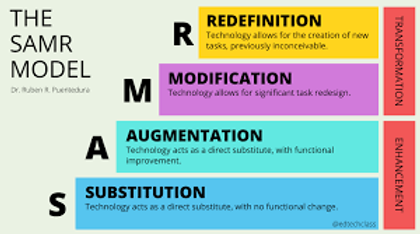
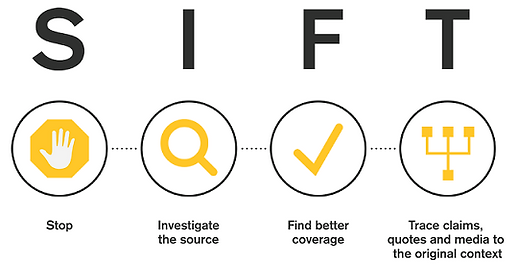
The SIFT method is a strategy designed to help evaluate whether online sources are credible and reliable. It encourages us to STOP before sharing or believing information, INVESTIGATE who is providing it to ensure the source is trustworthy, FIND better coverage to confirm the facts, and TRACE claims back to the original source to verify accuracy.
Digital learning tools are powerful resources that help teachers enhance instruction, engage students, and streamline classroom management. Embracing digital tools empowers teachers to make learning more accessible, personalized, and effective in today’s connected world.

Google Earth is a digital tool that allows users to explore a 3D representation of Earth using satellite imagery, maps, terrain, and 3D buildings. It lets people virtually visit locations around the world, zoom in on specific places, and view geographic information in an interactive way.

Padlet is an online platform that lets users create virtual boards where they can post notes, images, links, videos, and files. It works like a digital bulletin board where students and teachers can collaborate, share ideas, and organize information in one place.
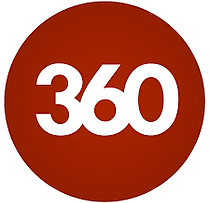
360 Cities is an online platform that features high-quality, interactive 360-degree panoramic photos and virtual tours from around the world. Users can explore immersive views of cities, landscapes, landmarks, and cultural sites as if they were there.
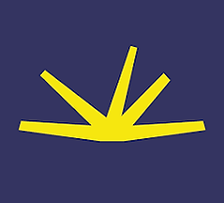
Freedom Forum offers rich resources on media literacy, free speech, and responsible journalism, which help aid in teaching critical thinking and civic education.

Canva is an online graphic design tool that allows users to create visually appealing presentations, posters, flyers, social media graphics, and more using easy drag-and-drop features. It offers a wide range of templates, images, fonts, and design elements, making it accessible for educators and students to design professional-looking materials without advanced design skills.
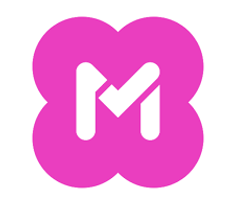
MindMeister is an online tool that helps users visually organize ideas, concepts, and information. It allows students and teachers to create, share, and collaborate on interactive diagrams that show relationships between topics, making brainstorming, planning, and studying more engaging.